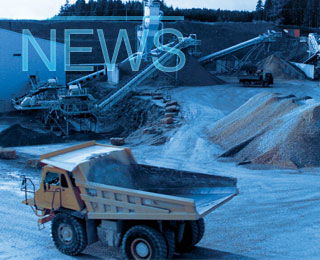While other factors such as raw materials, energy, labour and knowledge also have to be considered in terms of carbon leakage, the impact of carbon pricing on a cost-competitive industry such as the cement industry cannot be ignored, according to “State and Trend of Carbon Pricing 2015”, a report published by the World Bank and Ecofys. “However, for sectors producing relatively homogenous products — such as commodities, steel, cement, and electricity — cost competition is crucial. … Often, production of these relatively homogenous goods is also emissions-intensive and carbon pricing could have a significant impact on companies’ production costs, leading to loss of their international competitiveness and, as a consequence, emissions leakage,” says the report.
In the run-up to COP21, the Paris climate change conference to be held in December, there is a growing trend to put a price on carbon. At present there are some 40 countries and over 20 cities, or around a quarter of GHG emission, that have introduced carbon pricing as a way to mitigate the output of CO2 into the atmosphere.
However, carbon pricing has both positive and negative effects on the sector. “This result [of carbon pricing] is an economically efficient and socially fair impact on the relative competitiveness of firms, which makes them face the truer economic cost of production. It levels the playing field between the emissions-intensive and relatively 'clean' firms,” adds the report.
In terms of negative impacts, these mainly occur when there are differences between different areas and are manifested via short-term output, long-term investment and global fossil fuel prices. To protect against carbon leakage governments can take measures such as free allocation of allowances, administrative exemptions, rebates and border carbon adjustments.
